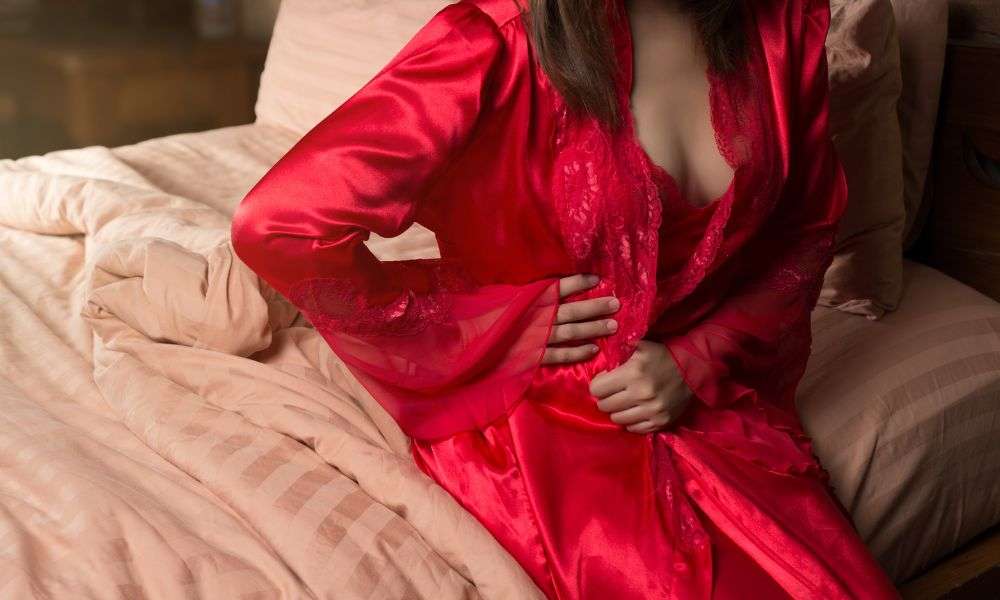How Sleepwear Has Changed Over Time
Sleepwear includes clothes people wear at home or at bedtime. This article looks at different types of sleepwear, from simple pajamas to robes, and explains how they are made and why people choose different styles. Learn about fabrics, designs, and ways sleepwear has evolved.

What Sleepwear Trends Have Shaped Different Decades
Historical sleepwear trends reveal how societal attitudes toward modesty, comfort, and practicality have shifted over time. During the early 1900s, full-length nightgowns with high necklines dominated women’s sleepwear, while men typically wore long nightshirts. The 1920s introduced shorter hemlines and looser fits, reflecting the era’s embrace of freedom and movement.
The mid-20th century brought significant changes with the introduction of synthetic fabrics like nylon and polyester. Two-piece pajama sets became increasingly popular, offering more versatility and comfort. The 1960s and 1970s saw bold patterns and vibrant colors enter the sleepwear market, moving away from traditional whites and pastels. By the 1980s and 1990s, oversized t-shirts and comfortable shorts became acceptable sleepwear options, marking a shift toward more casual nighttime attire.
How Pajamas for Women Have Evolved in Style and Function
Women’s sleepwear has undergone perhaps the most dramatic transformation over the decades. Early 20th-century women’s nightwear prioritized modesty over comfort, featuring ankle-length gowns with long sleeves and high collars. The introduction of pajama sets in the 1930s marked a revolutionary change, offering women a more practical alternative to traditional nightgowns.
Post-World War II developments brought new fabrics and designs that emphasized both comfort and style. The 1950s introduced more fitted silhouettes, while the 1960s embraced shorter lengths and modern prints. Contemporary women’s pajamas now encompass everything from classic button-up sets to moisture-wicking athletic wear designed for temperature regulation. Today’s options include bamboo fabrics, organic cotton blends, and specialized cuts designed for different body types and sleeping preferences.
What Changes Have Occurred in Mens Loungewear Design
Men’s sleepwear has evolved from purely functional garments to stylish comfort wear suitable for lounging and casual wear. Traditional men’s nightshirts gradually gave way to two-piece pajama sets in the early to mid-1900s. These sets typically featured button-up tops with matching pants, establishing a template that remains popular today.
The latter half of the 20th century saw men’s loungewear become more diverse and casual. T-shirts and boxer shorts became widely accepted as sleepwear, reflecting a broader trend toward informality. Modern men’s loungewear incorporates performance fabrics, ergonomic designs, and versatile styles that blur the line between sleepwear and casual wear. Contemporary options include moisture-wicking shorts, temperature-regulating tops, and loungewear designed for both sleep and relaxation activities.
How Luxury Nightwear Has Transformed Over the Decades
Luxury sleepwear has consistently pushed the boundaries of fabric quality, design sophistication, and craftsmanship. Early luxury nightwear featured fine silks, intricate lacework, and hand-embroidered details that demonstrated wealth and status. These garments often prioritized elegance over practicality, with elaborate designs that reflected the fashion sensibilities of their time.
Modern luxury nightwear maintains high-quality materials while incorporating contemporary comfort innovations. Premium brands now utilize advanced silk weaves, organic bamboo fibers, and temperature-regulating technologies. Luxury sleepwear today often features minimalist designs that emphasize superior fit, exceptional fabric quality, and subtle details rather than ornate embellishments. The focus has shifted toward creating garments that provide both visual appeal and optimal sleep comfort.
What Factors Drive Comfortable Sleepwear Innovation
The pursuit of comfortable sleepwear has driven significant innovations in fabric technology and garment design. Early comfort improvements focused on looser fits and softer fabrics, moving away from restrictive designs that hindered natural movement during sleep. The introduction of breathable synthetic blends in the mid-20th century marked a major advancement in sleep comfort.
Contemporary comfortable sleepwear incorporates scientific understanding of sleep physiology and body temperature regulation. Modern innovations include moisture-wicking properties, seamless construction, and fabrics designed to adapt to body temperature changes throughout the night. Manufacturers now consider factors such as skin sensitivity, environmental sustainability, and specific sleep needs when developing new products. This has led to specialized sleepwear for different climates, sleep positions, and personal comfort preferences.
The sleepwear industry continues to evolve, driven by consumer demand for garments that combine comfort, style, and functionality. As our understanding of sleep science advances and textile technology improves, sleepwear will likely continue adapting to meet changing needs and preferences. The transformation from purely functional nighttime garments to versatile comfort wear reflects broader changes in how we approach rest, relaxation, and personal wellness in our daily lives.




